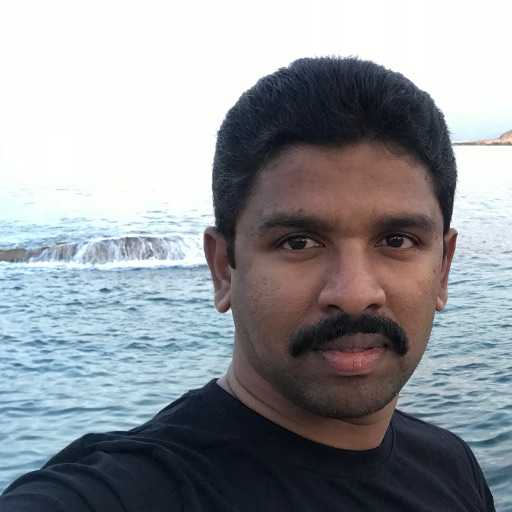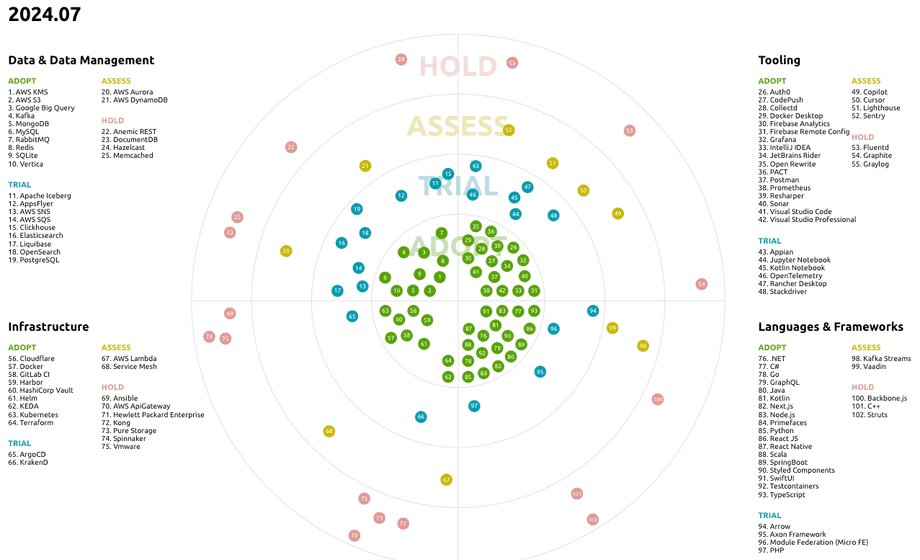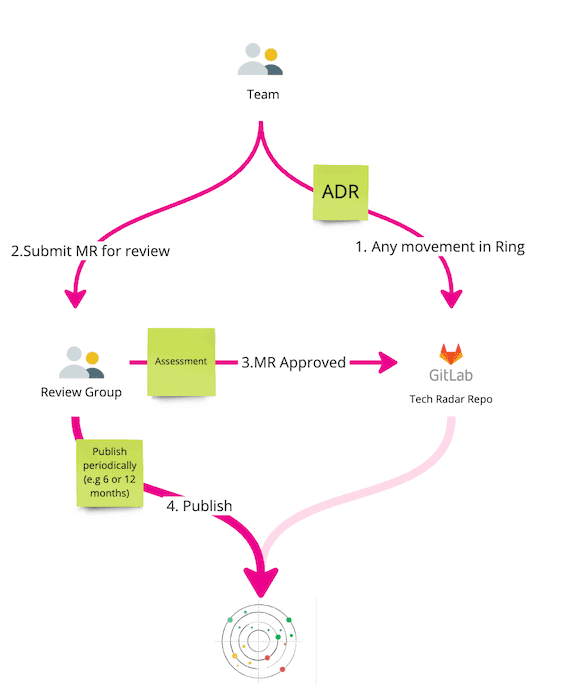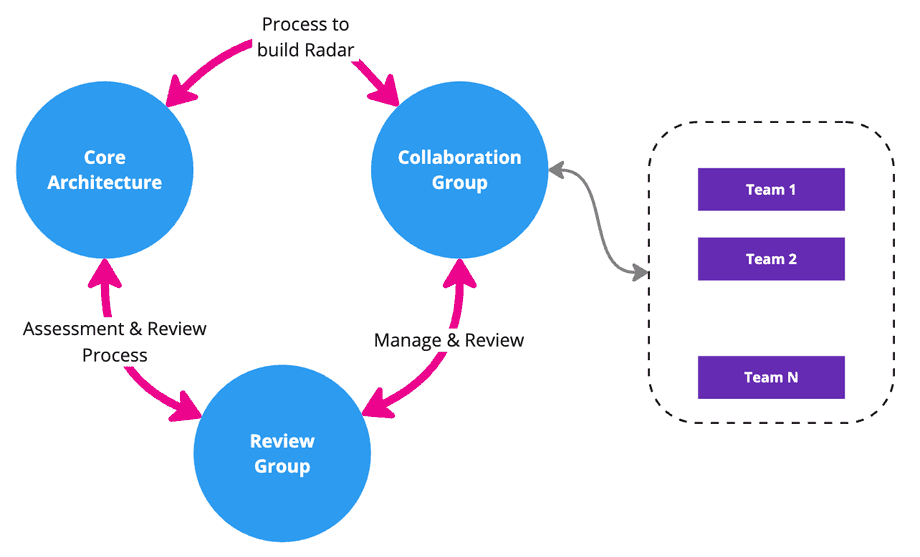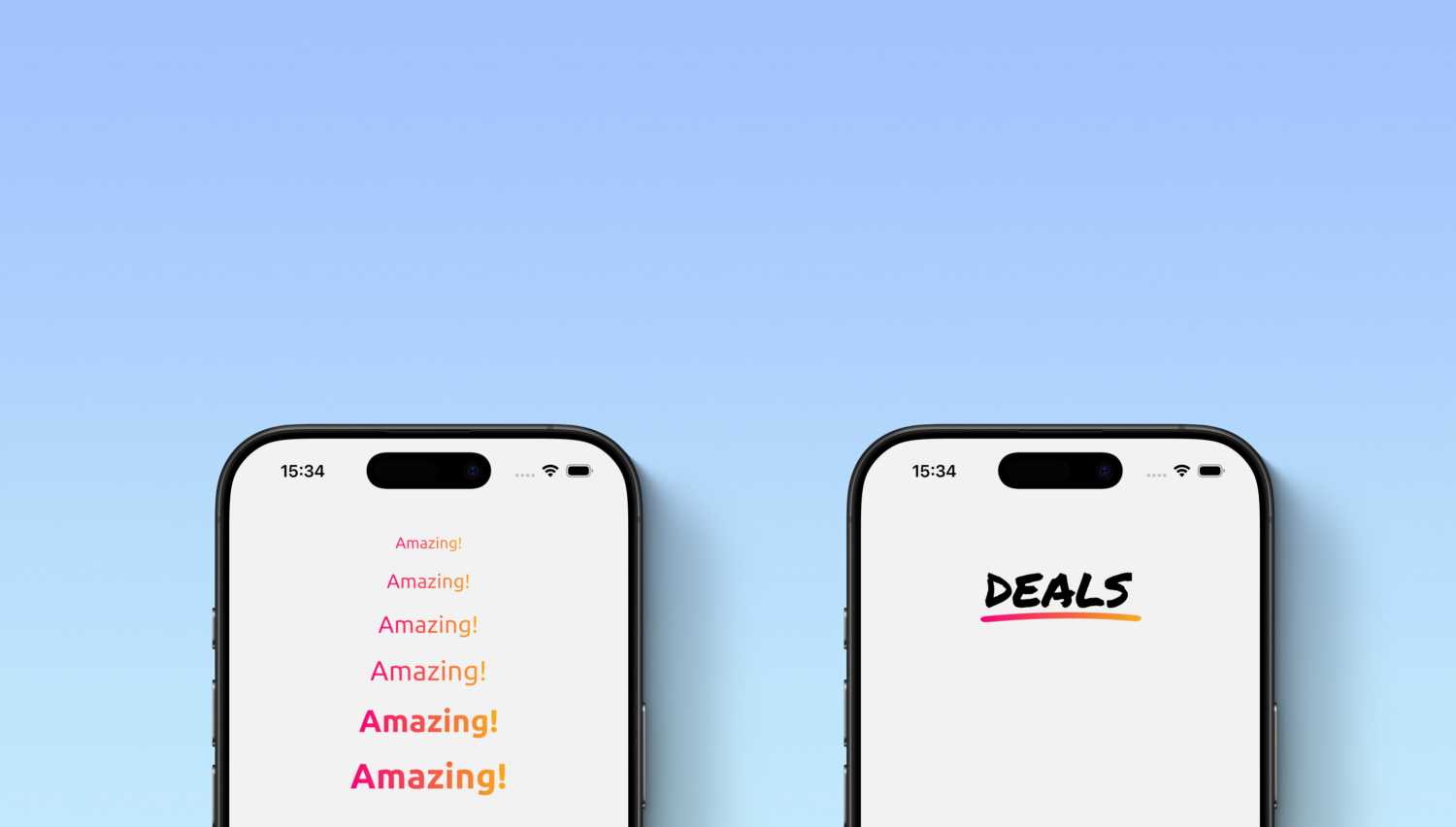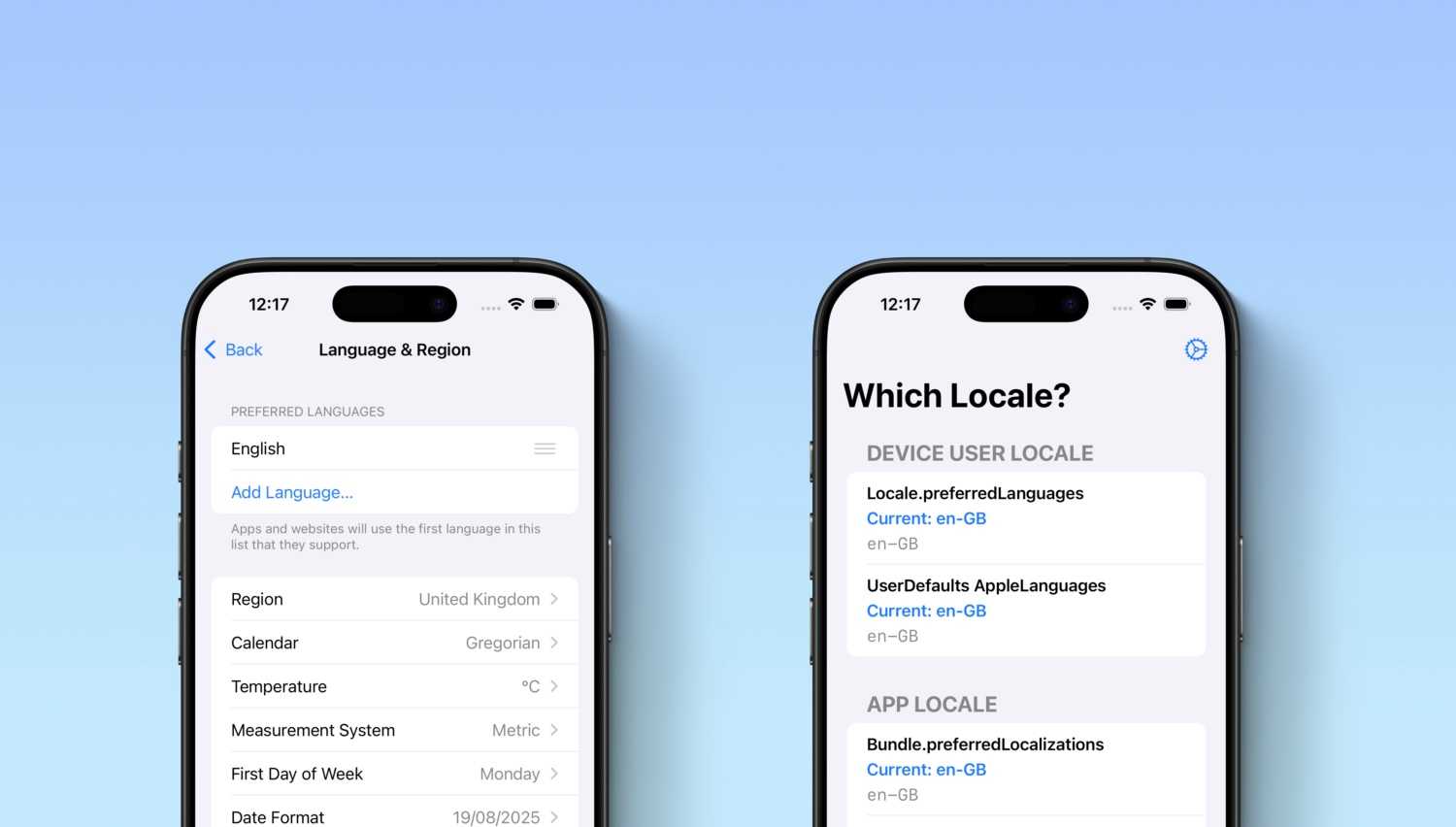In lastminute.com, Tech Radar is not just a way to visualise the technology we use in our company. It is also a highly effective collaboration tool for developers that, by fostering informed decision-making, increases the awareness & knowledge sharing within the developer community. It also provides a structured approach to explore new technologies which aligns technology choices with the organization’s strategic goals.
Implementation
In the past, we attempted to build the Tech Radar in a traditional way such as calling all the relevant tech audience in a room with sticky notes to collect the inputs and populate the data in a Google Sheet for further refinement and visualisation. This method turned out to be not scalable and unmaintainable when the complexity of the organisation structure increases and the operating model changes with more and more distributed remote teams.
Ring movement workflow
Learning from the past lessons, we have now adopted a structured approach/process based on the collaborative work of two internal communities.
- Engineers - Any individual in our Technology department is empowered to assess new technologies (especially during FriYAYs) and submit a proposal for their adoption.
- Review group - with the role of reviewing the submitted proposals and evaluating their inclusion into the tech radar.
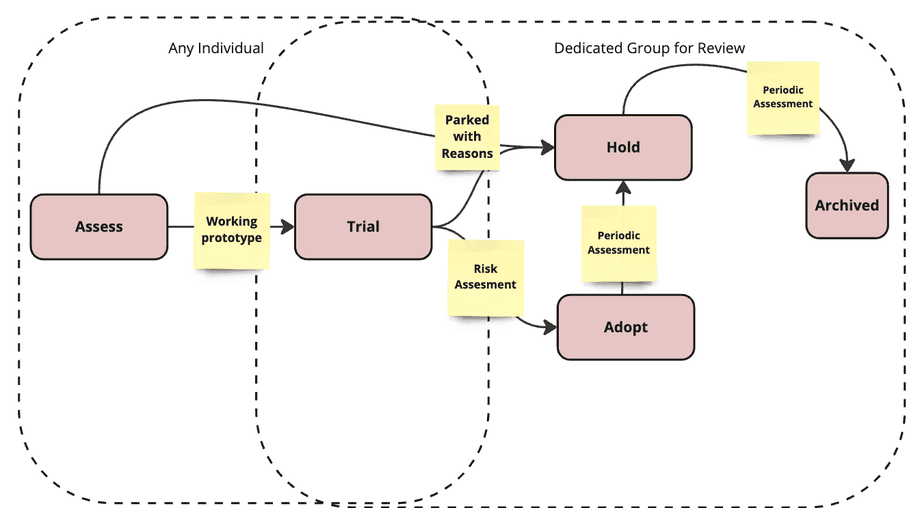
In lastminute.com’s Tech Radar we are using 4+1 rings to represent our technology assessment. Our aim is to identify technologies that can improve operational efficiency and productivity. Also identify and eliminate redundant technologies and tools.
- ASSESS - Technologies that are promising and see clear potential value from the lastminute.com point of view, also it’s worth investing in some research and prototyping efforts to see the real impact. ASSESS technologies have higher risks; they are often brand new and highly unproven in our organisation. Basically, the knowledge is limited to 1 or 2 teams and they will be promoting it.
- TRIAL - Technologies that we have seen success with directly on the lastminute.com project inside the teams. It’s been verified in our TEST environment to confirm the benefits and increase our confidence level on usage. TRIAL technologies are slightly risky since the knowledge and support are limited to a small group of people and this needs to be reviewed/standardised for production adoption.
- ADOPT - Technologies we have high confidence, knowledge and support within our organisation. ADOPT technologies are widely used in our production environment with low-risk factors.
- HOLD - Technologies that are assessed or trailed but not recommended to adopt further in production as well as technologies running in production which have become legacy or high maintenance so we decided not to invest further, will be part of this Ring. We can’t keep the HOLD technologies in production forever and the periodic review should assist in decommissioning these permanently.
- ARCHIVED - Technologies that are completely decommissioned from the lastminute.com production environment. This ring won’t be visible in our Tech Radar image and the details need to be extracted from the Tech Radar source repository.
We created a simple process to manage every ring movement in Tech Radar. We would like to preserve all the decisions during the ring movement since it will be useful for others to refer to this decision before they start assessing/trailing the same technology in the future.
Risk Assessment is a mandatory step before adopting any new technology in our production environment. In this step, we assess the security aspects, compatibility, cost impact and any migration effort of adding this new technology in production. The Review group is also responsible for conducting periodic assessments to move elements from Adopt to Hold and Hold to Archived Rings.
Tech Radar as code (TRaC)
We maintain our Tech Radar in a Git repository and treat it like our code. For every ring movement developers have to submit a Merge Request to the Review Group with the following details captured in the form of Lightweight Architecture Decision Records (ADR).
* Description - Short description about the technology
* Domain(s) - List down the domains this technology has been used
* Use case - In simple words, describe the use case where this technology has been applied
* Ring movement - [Assess , Assess-Trial , Assess-Hold, Trail-Hold, Trail-Adopt , Adopt-Hold]
* Risk Assessed - [YES / NO]
* Assessment Doc - Provide the Risk assessment document link
* References(Optional) - Links to supporting evidence such as SWOT analysis, Design Documents, Git repos, Miro boards, etc.
After a successful review the MR will be approved that automatically publish the tech radar for lastminute.com employees. The review group will decide the period (mostly once in 6 months) to publish the tech radar for external audience.
We clearly see many benefits in following the Tech Radar as Code approach:
- Version control - We can keep track of all the changes which helps to understand the evolution of technology choices.
- Collaboration - Leveraging the code repository simplifies the collaboration and review process. It also ensures the changes to the Tech Radar are transparent to the rest of the technology teams.
- Automation - Integrate with CI/CD pipelines to automatically update and deploy the tech radar in near real-time.
- Integration - It enables easier integration with some of our internal tools to gather more information and better visualization.
Governance Model
Building and managing a Tech Radar is a continuous job and we need a good governance model to accomplish this. We are following Governance as Guidance model which emphasizes providing direction and support rather than imposing rigid controls. This model empowers teams to make informed decisions while ensuring alignment with organizational goals and standards.
We formed a cross-functional review group (Engineering, Architecture, Platform & Security) and their role is to facilitate and guide the individuals/teams to ensure the required process is followed and the relevant information is gathered to build a high-quality tech radar. We also formed a collaboration group with senior engineers and architects who represent various parts of our engineering teams. The primary role of this collaboration group is to actively contribute to developing the evaluation process, defining criteria and acting as an interface to build the tech radar with our engineering teams in a collaborative manner. Overall we foster a collaborative environment where feedback is valued, and continuous improvement is encouraged.
Risk Assessment
In Tech Radar, the risk assessment involves evaluating the potential risks and impacts of adopting new technologies within an organisation. As part of this risk assessment process, we identified some relevant criteria and performed the tradeoff analysis to make informed decisions about technology adoption.
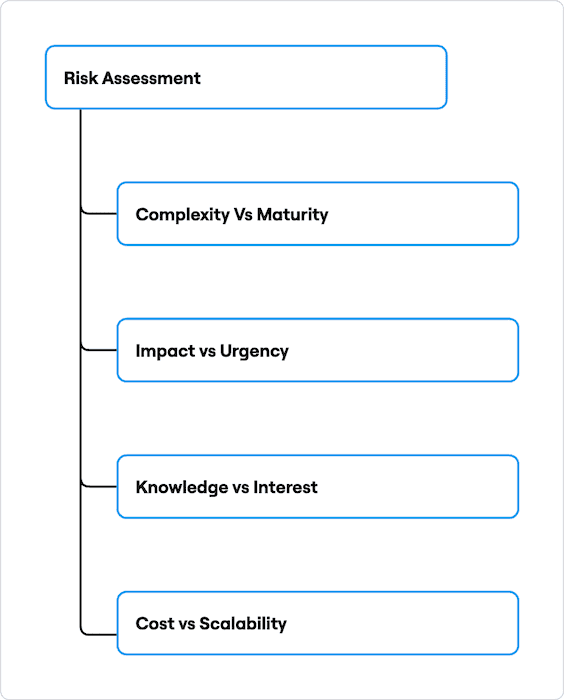
- Complexity vs Maturity - Assess the maturity of a technology (how stable, reliable and well-supported it is) against its complexity (how difficult is to implement, use and maintain).
- Impact vs Urgency - Assess the technology based on its potential impact on the organization against the urgency with which it needs to be addressed.
- Knowledge Vs Interest - Assess the current level of expertise about the new technology within the organisation against the interest or enthusiasm for adopting new technology. If there are only a few people interested in this new shiny trendy technology with limited knowledge then there will be big consequences with its adoption.
- Cost vs Scalability - Assess the technology investment based on the financial implications against the ability to scale with the business needs. Here is our first Tech Radar built by following the simplified process.
Conclusion
Building the Tech Radar with a structured approach and process enhances efficiency, scalability, better decision-making and also it facilitates real-time updates with a better collaboration model. We see the Tech Radar as a valuable tool for guiding technology initiatives, fostering a culture of innovation and it also helps to stay competitive, agile in a rapidly evolving technological landscape.
